Fluxicap (Flucloxacillin) 500 mg
£0.00
- Adults: Take 250 mg four times a day. The dosage may be doubled in severe infections.
- For osteomyelitis and endocarditis, a daily dose of up to 8 grams is administered in 6-8 hourly divided doses.
- Use half of the adult dose.
- Use a quarter of the adult dose.
- Adults or Elderly:
- Intramuscular Injection: Take 250 mg four times daily.
- Intravenous Injection: Administer 250 mg to 1 gram four times daily, either through slow injection over 3 to 4 minutes or by intravenous infusion. In severe infections, all systemic doses can be doubled, with doses of up to 8 grams daily suggested for endocarditis or osteomyelitis.
- For children aged 2-10 years, use half of the adult dose.
- For children under 2 years, use a quarter of the adult dose.
Indications of Fluxicap 500 mg
Fluxicap 500 mg is indicated for the treatment of infections caused by Gram-positive organisms, including those resulting from penicillinase-producing staphylococci. These indications encompass a wide range of conditions:
Skin and Soft Tissue Infections: This includes boils, abscesses, carbuncles, and various infected skin conditions such as ulcers, eczema, acne, furunculosis, cellulitis, as well as infected wounds and burns.
Respiratory Tract Infections: Flucloxacillin is effective against pneumonia, lung abscesses, empyema, sinusitis, pharyngitis, tonsillitis, and quinsy.
Other Infections: It is also utilized for treating osteomyelitis, enteritis, endocarditis, urinary tract infections, meningitis, and septicaemia caused by organisms sensitive to Fluxicap 500 mg.
Prophylactic Use: In addition, it serves as a prophylactic agent during major surgical procedures, particularly in cardiothoracic and orthopedic surgery when deemed appropriate.
Theropeutic Class
Penicillinase-resistant penicillins
Pharmacology
Flucloxacillin is effective against Gram-positive organisms, including those that produce penicillinase. It exhibits limited activity against Gram-negative bacilli. The mode of action of Flucloxacillin involves the inhibition of bacterial cell wall formation. As an isoxazolyl penicillin, Flucloxacillin combines key properties such as resistance to penicillinase hydrolysis, stability in gastric acid conditions, and activity against Gram-positive bacteria.
This bactericidal antibiotic is particularly valuable in combating penicillinase-producing staphylococci. Flucloxacillin works by disrupting peptidoglycan synthesis, a vital component of the bacterial cell wall that provides mechanical stability. In the final step of peptidoglycan synthesis, Flucloxacillin inhibits the transpeptidase enzyme responsible for cross-linking, specifically preventing the linkage of the terminal glycine residue to the fourth residue of the pentapeptide (D-alanine).
The bacterial cell wall weakens, leading to swelling and eventual rupture. Flucloxacillin’s resistance to bacterial penicillinase likely arises from steric hindrance induced by its acyl side chain, preventing the opening of the β-lactam ring.
Dosage of Fluxicap 500 mg
Oral Administration:
Children (2-10 years):
Children (Under 2 years):
Parenteral Administration:
Children:
Administration of Fluxicap 500 mg
Oral doses should be administered 1 hour before meal.
Interaction of Fluxicap 500 mg
For severe renal failure (creatinine clearance <10 ml/min), it is advisable to contemplate a dose reduction or an extension of the dosing interval.
Contraindications
Fluxicap 500 mg is contraindicated in penicillin hypersensitive patients.
Side Effects of Fluxicap 500 mg
Common side effects affecting the gastrointestinal tract include nausea, vomiting, diarrhea, dyspepsia, and other minor gastrointestinal disturbances. Reports have indicated occurrences of rashes, urticaria, purpura, fever, interstitial nephritis, hepatitis, and cholestatic jaundice.
Precautions & Warnings
Exercise caution when administering Fluxicap 500 mg to patients exhibiting signs of liver dysfunction. Additionally, be cautious when treating patients with an allergic predisposition.
Storage Conditions
Keep in a dry place away from light and heat. Keep out of the reach of children.
Use In Special Populations
For severe renal failure (creatinine clearance <10 ml/min), it is advisable to contemplate a dose reduction or an extension of the dosing interval.
Reconstitution
Fluxicap 500 mg has been employed through alternative administration routes in combination with systemic therapy. It has been dosed at 250 mg to 500 mg per day via intra-articular injection, potentially dissolved in a 0.5% solution of lignocaine hydrochloride, as well as through intrapleural injection at a daily dosage of 250 mg. Using the powder for injection, 125 mg to 250 mg has been dissolved in 3 ml of sterile water and administered via nebulizer four times daily.
Drug Classes
Penicillinase-resistant penicillins
Mode Of Action
Flucloxacillin exhibits activity against Gram-positive organisms, including strains that produce penicillinase. Its efficacy against Gram-negative bacilli is limited. The mechanism of action involves the inhibition of bacterial cell wall formation. Flucloxacillin, classified as an isoxazolyl penicillin, possesses unique qualities such as resistance to hydrolysis by penicillinase, stability in gastric acid conditions, and effectiveness against Gram-positive bacteria.
This bactericidal antibiotic is particularly valuable in combatting penicillinase-producing staphylococci. Flucloxacillin disrupts bacterial cell wall synthesis, specifically interfering with peptidoglycan production. Peptidoglycan is a complex structure that provides mechanical stability to the cell wall. The final step in peptidoglycan synthesis, which involves cross-linking with the terminal glycine residue of the pentaglycin bridge connecting to the fourth residue of the pentapeptide (D-alanine), is hindered by Flucloxacillin. Consequently, the bacterial cell wall weakens, leading to cell swelling and eventual rupture. Flucloxacillin’s resistance to bacterial penicillinase is likely attributed to steric hindrance caused by its acyl side chain, preventing the opening of the β-lactam ring.
Pregnancy
The US FDA Pregnancy Category for Fluxicap 500 mg is B. There are no adequate and well-controlled studies conducted in pregnant women. Since animal reproduction studies may not always accurately predict human responses, it is advisable to use this medication during pregnancy only when it is clearly necessary. Fluxicap 500 mg has been demonstrated to be excreted in human milk, so caution should be exercised when administering it to a lactating mother.
Pediatric Uses
In severe renal failure (creatinine clearance <10 ml/min), a reduction in dose or an extension of dose interval should be considered.
| Generic Name: | Flucloxacillin |
|---|---|
| Theraputic Category: | Antibiotic |
| Pack Size: | (250 mg : 10×4's), (500 mg : 8×7's) |
You must be logged in to post a review.
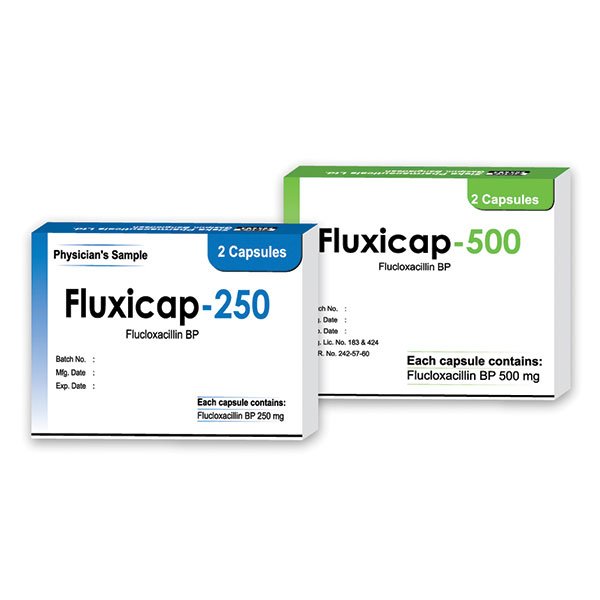
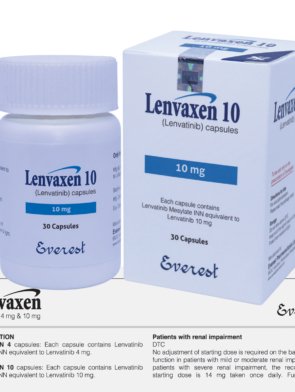
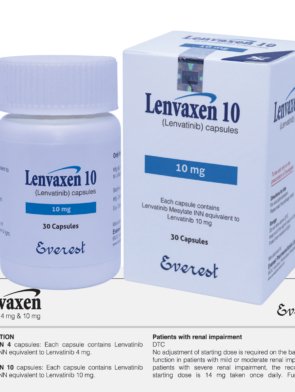

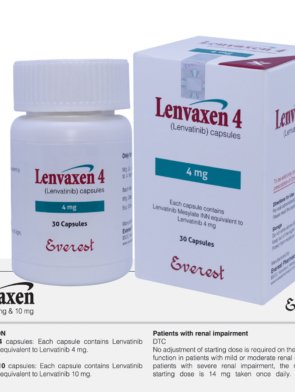
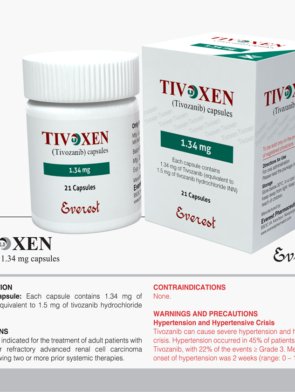
Reviews
There are no reviews yet.